Premium Only Content
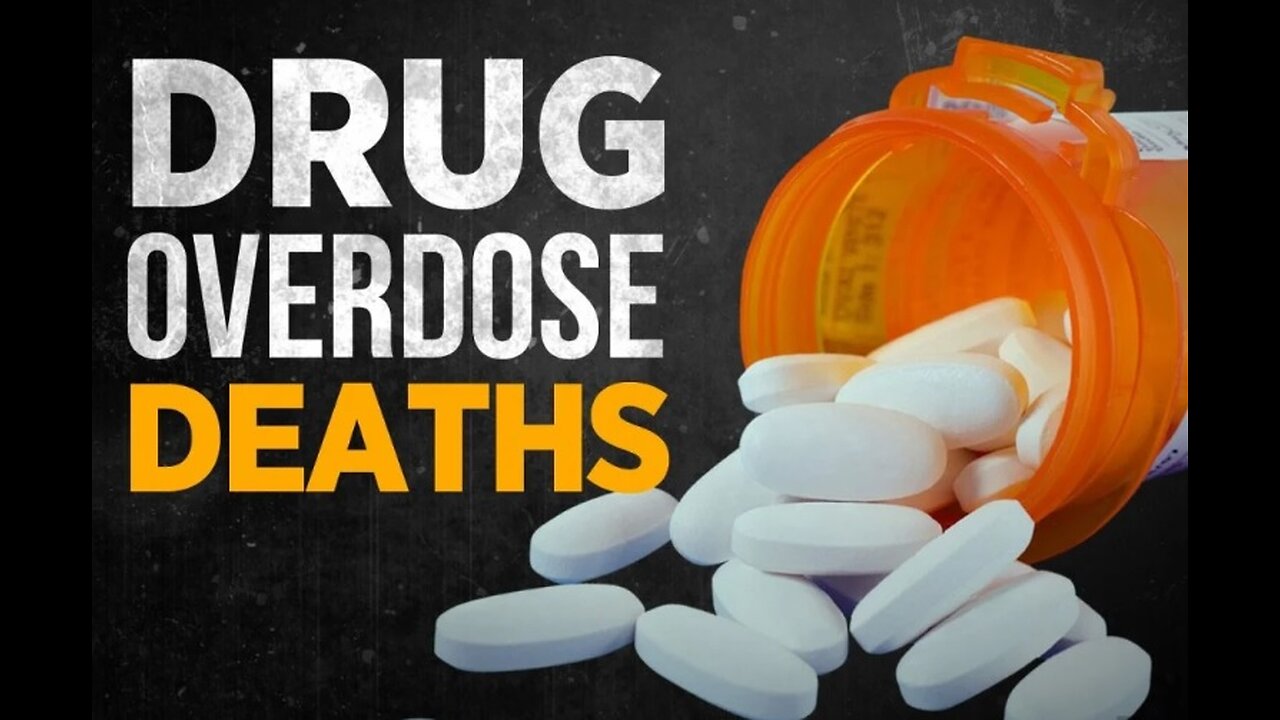
A Dangerous New Zombie Drug is Taking Over American Streets and Million Will Die ?
There’s a new drug in town — and it has deadly consequences. Xylazine - otherwise known as “tranq,” “tranq dope” and “zombie drug” is wreaking havoc in major cities across the country with its devastating effects: It can literally rot the user’s skin. The substance, which seemed to first appear in Philadelphia before migrating west to San Francisco and Los Angeles, was used for cutting heroin, but, most recently, it has been discovered in fentanyl and other illicit drugs and remember you do not have to buy or use any street drugs at all ?
Say No To Drugs ? - Xylazine is a non-opioid veterinary tranquillizer not approved for human use and has been linked to an increasing number of overdose deaths nationwide in the evolving drug addiction and overdose crisis. Studies show people exposed to xylazine often knowingly or unknowingly used it in combination with other drugs, particularly illicit fentanyl, which can cause skin necrosis.1 The Los Angeles Department of Public Health has issued a health alert that warns residents of the increased risk of overdose and death associated with xylazine. The Los Angeles Department of Public Health has issued a health alert that warns residents of the increased risk of overdose and death associated with xylazine, which is becoming more present among illicit drugs in California. Xylazine is a sedative and muscle relaxant used by veterinarians to anesthetize animals.
Several years after xylazine first began appearing as an additive in illicit street drugs ― and as its use spreads nationwide ― the US Food and Drug Administration (FDA) says it will more closely monitor imports.
The agency issued an import alert, which gives it the power to detain raw ingredients or bulk finished product if the shipments are suspected to be in violation of the law. Xylazine was first approved by the FDA in 1972 as a sedative and analgesic for use only in animals. The streets of the United States are in great distress. Over the years, the U.S. has had a dismal record in combating illegal drugs; some local news outlets in the country have even declared that the war on drugs has been lost. Another substance has recently wrecked the nation's roads and is literally eating people's flesh.
The deadly effects of the substance Xylazine, also known as Tranq, are causing havoc in big cities all over the nation. According to reports, is a synthetic tranquilizer for animals that is widely used to cut opioids like heroin.
The time will come in almost every teen’s life when they are confronted with drugs or alcohol. Some lucky ones may not experience this kind of peer pressure, but the unfortunate truth is that many teens will be asked by friends or classmates if they want to try alcohol or drugs.
The drug has depressant side effects, including extreme drowsiness and respiratory distress, which are characterized by use and result in the videos of individuals who are unable to stand. Check out the video below that was shared by a twitter user last year; it contains disturbing content, so use your caution.
The fact that this drug has "zombie-like" affects is what is most concerning. The main problem with the drug is that there is little possibility of recovery from an overdose. The most popular overdose reversal medication, naloxone or Narcan, is ineffective against humans, rendering Xylazine lethal.
NewYork Post reports that Xylazine first emerged in Philadelphia before moving to San Francisco and Los Angeles shortly after. Right now, the scenario in the United States is worrying.
According to federal reports, one person in America dies from a drug overdose every five minutes, not just from this substance but from all drugs combined. The government needs to move quickly to halt the supply.
It's important to know the truth about drugs and alcohol, not just what you hear from your friends. Check out our Myths and Facts page to make sure you know the facts about drugs and alcohol. Respect yourself and your family by not causing harm to your body.
Experts are warning the world needs to be prepared for people across the globe becoming addicted to ’zombie heroin’. Various forms of a flesh-eating drug dubbed ‘Krokodil’ have already been used around across much of eastern Europe since 2001.
The vile substance – made by mixing gasoline, paint thinner, alcohol and codeine – is injected directly into a person's veins and has a similar effect as heroin.
It was given its name because it appears to turn users into crocodiles, with their skin turning green and bumpy before it eventually rots away and falls off. Other forms of the “kitchen chemistry” drug exist too.
In the Czech Republic, addicts have been known to inject Pervitin – a mix of pharmaceutical drugs, gasoline and industrial chemicals – directly into their veins.
And in Greece, Boltushka, which is called the “drug of the poor”, is made of vinegar, prescription pills and potassium permanganate.
The use of them has been a major growing problems in the poverty-filled, former Soviet bloc countries.
In 2012, it was estimated around 100,000 people in Russia had used Krokodil alone, although that’s expected to be much higher now. But despite being used widely in eastern Europe, the UK had remained a mostly Krokodil-free zone, with just a handful of cases reported, including a Romanian woman going to hospital with gangrene skin wounds in September 2013.
However, in a review published this month in the Harm Reduction Journal, health professionals across the world are warned it’s “probable” they’ll need to treat people for the horrific consequences of taking these noxious mixtures.
It urges policy-makers around the world to be responsive as "homemade drug use in countries outside of Eastern Europe may be probable for reasons such as the current global economic climate and the effects of resulting austerity measures on vulnerable communities". The possibility of the toxic form of the drug making its way around the globe is even more worrying as not only Krokodil 10 times stronger than heroin, but estimated to be 64 million people worldwide using amphetamines', opiates and cocaine who could turn to newer substances to get their highs.
The report says the potentially massive problem is made worse because of worldwide increased access to the Internet, which people can use to offer tips on cooking and consuming the homemade drugs.
According to the review, increased usage is sucha horrifying prospect, it needs "drug user and online surveillance" to be set-up to stem the flow of drug recipes being shared.
It adds: "Countries outside of Eastern Europe should be well-informed about these grave public health concerns.
"A variety of opioid and stimulant syntheses are described in detail on the Internet, and the precursors and reactants are readily available. "This may lead to such harmful substances emerging in unexpected settings."
According to a new report from the US Centers for Disease Control and Prevention that came out today, drug overdose deaths rose by almost 30% in the United States during 2020, making it the highest number ever recorded.
More than 93,000 people died from drug overdoses in 2020, data from the CDC’s National Center for Health Statistics tells us. That’s an increase of 29.4% from the 72,151 deaths projected for 2019.
“Overdose deaths from synthetic opioids (primarily fentanyl) and psychostimulants such as methamphetamine also increased in 2020 compared to 2019. Cocaine deaths also increased in 2020, as did deaths from natural and semi-synthetic opioids (such as prescription pain medication),” the NCHS said in a statement.
This is the highest number of overdose deaths ever recorded in a 12-month period, and the largest increase since at least 1999,” Dr. Nora Volkow, director of the National Institute on Drug Abuse (NIDA), part of the National Institutes of Health, said in a statement. “These data are chilling. The COVID-19 pandemic created a devastating collision of health crises in America.”
Similar to recent years, most of the deaths were due to inappropriate use of opioids. NCHS data shows that overdose deaths from opioids rose from 50,963 in 2019 to 69,710 in 2020.
“This has been an incredibly uncertain and stressful time for many people and we are seeing an increase in drug consumption, difficulty in accessing life-saving treatments for substance use disorders, and a tragic rise in overdose deaths,” Volkow said. “As we continue to address both the COVID-19 pandemic and the opioid crisis, we must prioritize making treatment options more widely available to people with substance use disorders.”
Making small talk with your pot dealer sucks. Buying cocaine can get you shot. What if you could buy and sell drugs online like books or light bulbs? Now you can: Welcome to Silk Road.
About three weeks ago, the U.S. Postal Service delivered an ordinary envelope to Mark's door. Inside was a tiny plastic bag containing 10 tabs of LSD. "If you had opened it, unless you were looking for it, you wouldn't have even noticed," Mark told us in a phone interview.
Mark, a software developer, had ordered the 100 micrograms of acid through a listing on the online marketplace Silk Road. He found a seller with lots of good feedback who seemed to know what they were talking about, added the acid to his digital shopping cart and hit "check out." He entered his address and paid the seller 50 Bitcoins—untraceable digital currency—worth around $150. Four days later the drugs, sent from Canada, arrived at his house.
Sellers feel comfortable openly trading hardcore drugs because the real identities of those involved in Silk Road transactions are utterly obscured. If the authorities wanted to ID Silk Road's users with computer forensics, they'd have nowhere to look. TOR masks a user's tracks on the site. The site urges sellers to "creatively disguise" their shipments and vacuum seal any drugs that could be detected through smell. As for transactions, Silk Road doesn't accept credit cards, PayPal , or any other form of payment that can be traced or blocked. The only money good here is Bitcoins.
Saying no to drugs and alcohol can be hard. There’s no denying that. However, with the right methods and mindset — it’s highly doable.
That’s probably why everyone loves real-world examples. Learning how other people face addiction and recovery challenges can provide a valuable guiding light for you. Doing something new or difficult is so much easier if you have concrete, tried-and-true strategies you can leverage.
Saying no to harmful substances is not an insurmountable task. With some seedling ideas for inspiration, repetition, and encouragement from your support network — it will get easier and come more naturally. Have courage and just stick with it!
Bear in mind that finding your confidence, establishing your voice, and becoming your own advocate for your well-being are acquired skills. They don’t come naturally to most people (even if it appears that way!). The vast majority of people — including those who aren’t in recovery — spend a lifetime working to build up the skills over time.
You don’t walk into a gym one day and instantly lift the biggest barbell there. You have to dedicate yourself to a routine of showing up and gradually increasing the amount of weight you can press.
It’s the same thing with saying no to drugs and alcohol. You might start out having a hard time saying it. It could come out weakly and inelegantly. But, with repetition, it’ll start coming out strong.
You can try out a variety of ways to articulate the message — No! — in front of a mirror, with your family and friends, in a support group. You can even record yourself and watch the playback, make adjustments, and repeat.
Sometimes, you don’t know you’ve walked into a hornet’s nest until you’re in the middle of it. You need to be ready to triumph over these surprises and uncertainties. A little time and effort spent on advanced preparation might do the trick.
The idea with this technique is to have your Plan B (and C and D) laid out. This could mean you have another activity you can suggest if the gang’s original itinerary is a bar hop. It could mean that you have an exit strategy in place for when being in the throes of that concert crowd becomes too much to handle.
Never underestimate the value of your family, friends, support group members, and healthcare team! They love and care about you, possibly more than you realize. Most probably, they want to support you as much as they can. They want you to succeed and find a place of wellness.
Take advantage of this. Lean on your people when you feel like you could use that extra bit of “external confidence boost.”
This isn’t to say that you should let them act on your behalf. To the contrary, actually. You need to maintain agency over yourself, but your network may be able to facilitate you saying no to drugs and alcohol. They can show solidarity by rejecting substances as well. They can lend an ear or a shoulder when you want to talk or cry.
Chances are, if you keep yourself occupied, you won’t have time to be preoccupied with drugs and alcohol. When substances are less central to your life, they might release some of their hold on you. This can make it easier to say no and may reduce your encounters with them in the first place.
When confronted with drugs or alcohol, taking a beat to remember why you’re in recovery can be incredibly powerful. Hit the pause button by taking a deep breath before responding. During that moment, visualize all reasons why you’re seeking sobriety.
Maybe it’s your personal physical and mental well-being, maybe it’s your child who looks up to you, maybe it’s the career or lifestyle you’re working so diligently to attain. It could be any or all of these things, or something else entirely.
Staying focused can be clarifying and help you prioritize what matters most to you and why they’re worth saying no to alcohol and drugs for.
Making up excuses as to why you “can’t” accept the drugs or alcohol that are being shoved in your face is completely legitimate. These are small white lies that are in your true best interest. These are not giant lies intended to deceive everyone, yourself included, for unsavory or unhealthful purposes.
The key is to make it believable yet as vague as possible. Here is some we’ve heard used and that might be a good jumping-off point for you:
I can’t — my parents would kill me.
No thanks. I have to drive home in a little while.
I can’t; I’m on antibiotics.
Sorry, I’ve got an early day/exam/track meet/etc. ahead of me.
No, I’m good. I’m meeting up with my family later.
-
 1:45:31
1:45:31
What If Everything You Were Taught Was A Lie?
5 days agoA True History Of How British Empire Opium Destroyed China's Greatest Empire Mandate Of Heaven
1.49K -
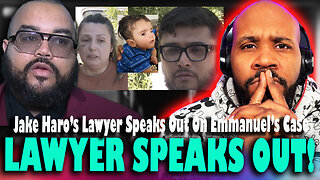 11:06
11:06
The Pascal Show
12 hours ago $0.46 earned'THEY'RE GETTING DEATH THREATS!' Jake Haro's Lawyer Breaks Silence On Emmanuel Haro's Disappearance!
4.67K -
 LIVE
LIVE
Lofi Girl
2 years agoSynthwave Radio 🌌 - beats to chill/game to
408 watching -
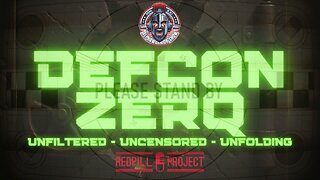 2:19:32
2:19:32
Badlands Media
1 day agoDEFCON ZERO Ep. 005: False Flags, Cyber Fronts & Global Power Plays
140K57 -
 2:35:23
2:35:23
FreshandFit
7 hours agoWhy Black Men Don't Date Black Women Debate
32.5K32 -
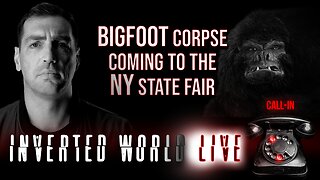 2:03:42
2:03:42
Inverted World Live
11 hours agoBigfoot Corpse Coming to the NY State Fair | Ep. 94
104K24 -
 6:16:23
6:16:23
SpartakusLIVE
12 hours ago$1,000 Pistol Challenge || #1 ENTERTAINER of The EONS Eradicates BOREDOM
80.3K2 -
 2:33:37
2:33:37
TimcastIRL
9 hours agoTrump Orders Review of Smithsonian For Being Woke & Out of Control | Timcast IRL
182K74 -
 3:09:10
3:09:10
Barry Cunningham
12 hours agoPRESIDENT TRUMP HAS TAKEN THE MONSTER AWAY FROM THE LEFT! HORROR STORIES WON'T WORK ANYMORE!
81.6K80 -
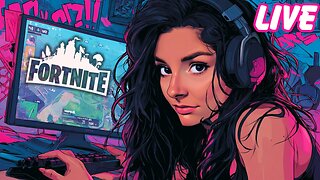 1:29:55
1:29:55
WickedVirtue
7 hours agoLate Night Fortnite w/ Friends
50.9K